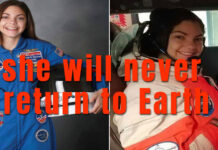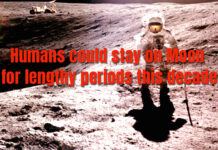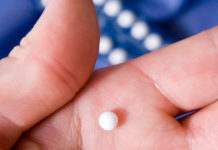In its first flight with a test passenger on board, Virgin Galactic’s SpaceShipTwo VSS Unity flew into the Mojave sunrise this morning (Feb. 22) and soared to an altitude of 55.87 miles (89.9 kilometers), just two months after its first flight to space.
WhiteKnightTwo, the plane that lifts VSS Unity high enough to fire its motor, took off from the Mojave Air and Space Port launch site in California a few minutes after 11 a.m. EST (1400 GMT). Unity separated about an hour into the flight, then fired its motor.
During the flight, VSS Unity reached a top speed of Mach 3.0 and reached a maximum altitude 4.4 miles (7 km) higher than Virgin Galactic’s historic Dec. 13 flight.
The flight also carried four payloads provided by NASA. Those experiments will provide scientists with data about the implications of microgravity on how liquids and gases interact, how payloads vibrate and how dust particles behave, as well as testing electromagnetic field sensor equipment.
Today’s flight was originally been scheduled for Feb. 20, but was delayed on account of bad weather in Mojave.
 During the company’s fifth powered test flight on Feb. 22, 2019, copilots Dave Mackay and Mike “Sooch” Masucci took the VSS Unity space plane to an altitude of 55.4 miles (90 kilometers).
During the company’s fifth powered test flight on Feb. 22, 2019, copilots Dave Mackay and Mike “Sooch” Masucci took the VSS Unity space plane to an altitude of 55.4 miles (90 kilometers).
Today’s successful flight marks the second time that VSS Unity has reached an altitude of more than 50 miles (80 km) above Earth, the line that some people use to define the boundary of space. (Others stick with the more stringent 62-mile, 100-km, marker.)
Virgin Galactic is planning to carry space tourists on suborbital flights for $250,000 apiece. Company founder Richard Branson has said that he hopes to take his own first flight on July 16, 2019, to commemorate the 50th anniversary of the launch of Apollo 11.



















































